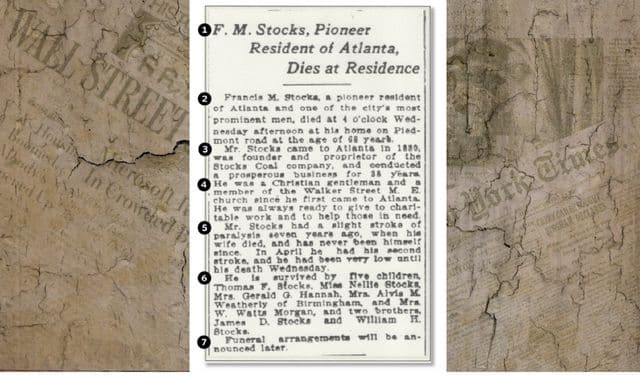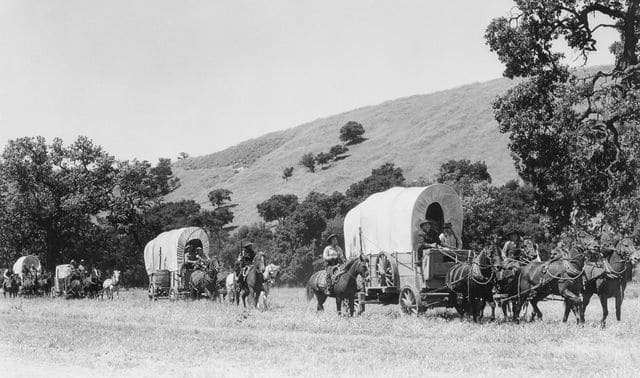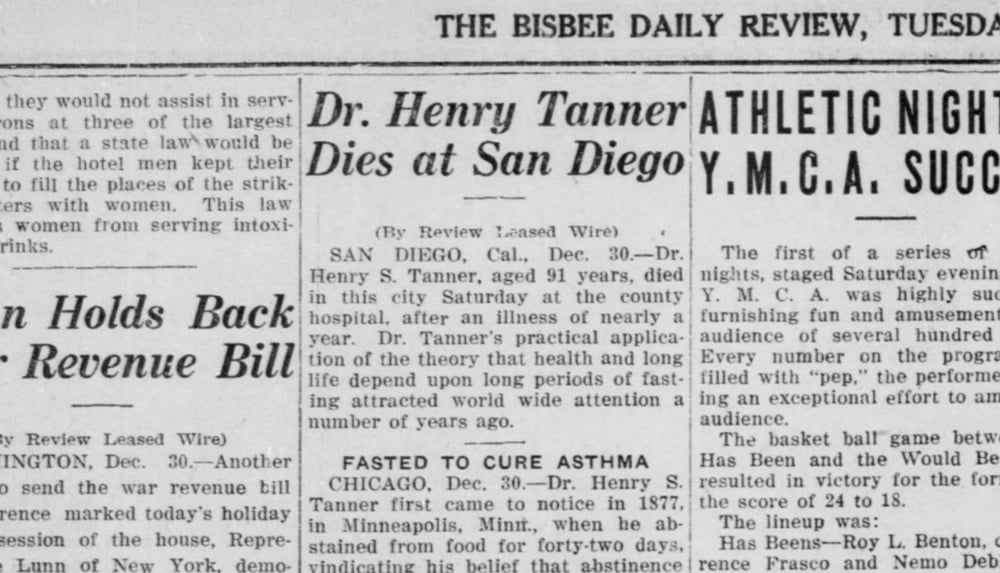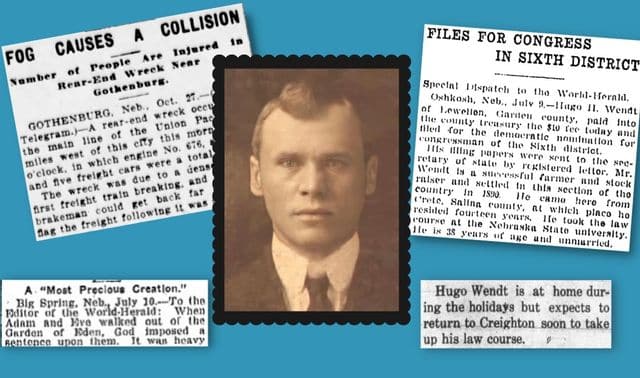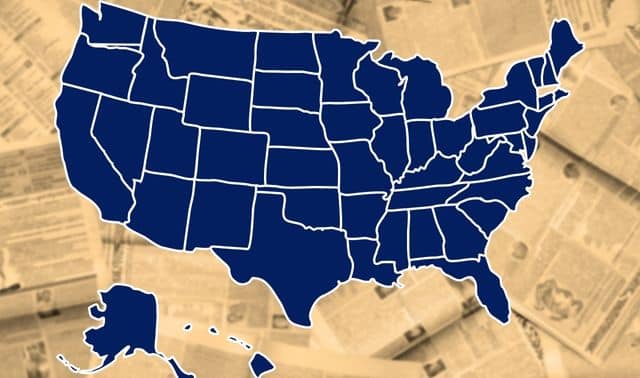Sign up for the Family Tree Newsletter Plus, you’ll receive our 10 Essential Genealogy Research Forms PDF as a special thank you!
Get Your Free Genealogy Forms
"*" indicates required fields
1. The obituary’s headline will include the person’s name, sometimes with other information.
Initials, rather than a full name, may be used to save space, and a woman may be identified only as the wife of her husband (e.g., “Mrs. F.M. Stocks”).
2. The first paragraph always includes the name of the deceased, as he or she was known in the community.
As in headlines, a woman might not have her full name given; her given name may only appear if she’s unmarried or widowed. She might also be listed with née [maiden name] or as the daughter of specifically named parents. Look for details that distinguish an individual, since that information can point you to further records. In this example, we learn Francis M. Stocks resided on Piedmont Road and was 68 years old at death.
3. The “meat” of the obituary can include detailed biographical information.
The information included might be: place of birth, date of immigration or arrival in the area, educational résumé, military service, place of employment, organizations in which the person was a member or involved, and awards or recognition. Each of these is another clue to be investigated.
4. This obituary specifies the congregation to which the deceased belonged.
5. While details of the final illness are rare today, older obituaries may include them.
This line also includes a brief, oblique mention of Mrs. Stocks’ death seven years prior. Follow up with the same funeral home and cemetery to learn more about her, and search for Mr. Stock as a survivor in any of her death announcements.
6. Obituaries typically list surviving relatives by name.
Follow up on these leads, as they can help you take your research back further generations. The spouses of surviving relatives may appear in parentheses, and out-of-towners may have their town listed.
7. An obituary might include funeral arrangements if they had been finalized by print time, but these were usually included in a separate funeral notice.
A version of this article appeared in the May/June 2019 issue of Family Tree Magazine.
Related Reads
ADVERTISEMENT

